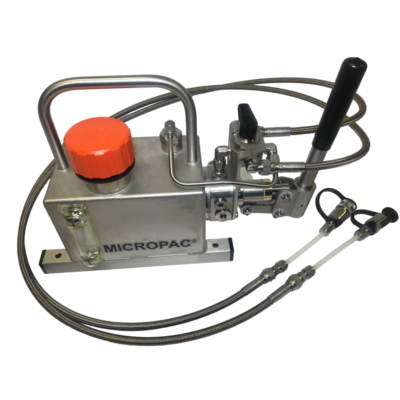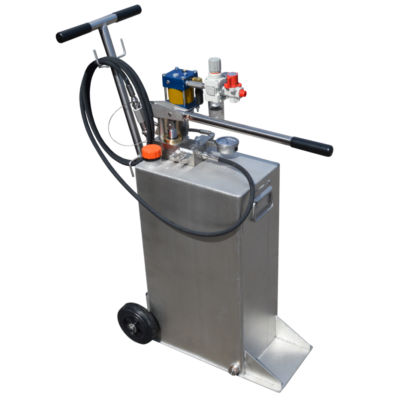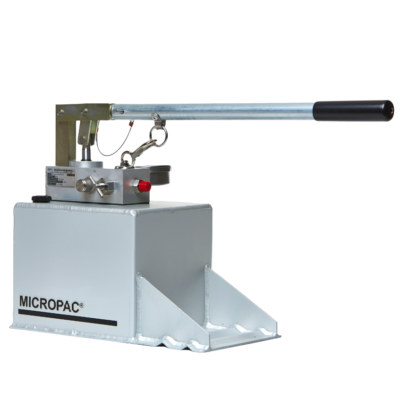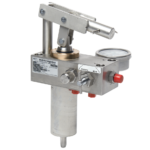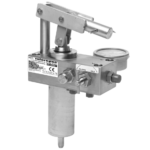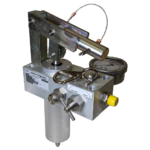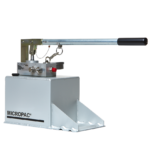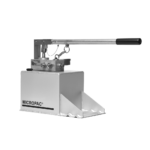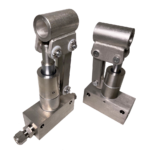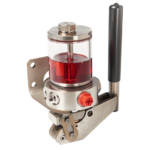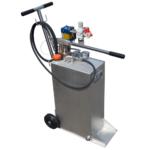Providing dependable, easy and neat top up and filling units for cooling and thermal management systems is essential both in production and in the field. The right fill unit ensures that people use the correct fluid, quantity and that it is clean. Avoid spills for specialist fluids.
Even water glycol which is used worldwide as a cooling medium needs to be dispensed carefully. Move to more specialist fluids and more complex cooling systems and you need a higher level of care. Consider using a dedicated Micropac pump/reservoir dispenser, the right size for the job and able to deskill the dispensing of the right amount of clean fluid when needed.
Specialist cooling and thermal management systems are big business. Whether it is a dedicated electronic device for a specific function that needs cooling or a massive data centre made up from thousands of systems, cooling keeps them running. Google tells us there are around 11,000 data centres in the world.
Why do you need to cool equipment?
Traditionally, internal combustion engines and electric motors might be considered the most common equipment needing cooling. Electric motors will either rely on heat sinks on the body or on forced air cooling using a fan. Heat is generated because a relatively small amount of the electric energy is converted to heat. Internal combustion engines may be air cooled or liquid cooled using water glycol pumped through passages in the block then through a heat exchanger which probably has its own air cooling. Marine engines can be cooled with raw water pumped through the engine or a closed loop of fresh water coolant and a heat exchanger to transfer the heat to the seawater. Internal combustion engines generate heat due to combustion process. This has to be removed from the vicinity of the combustion chambers. Because water freezes and corrodes, users add a glycol “antifreeze” additive that also retards corrosion. Glycol needs care in handling and disposal as it is toxic. There are plenty of other systems that need cooling, but a big driver for more sophisticated cooling are electronic components that can often generate heat that needs to be removed. You can’t let a system overheat, particularly if it is being used in a hot environment or intensively. Ultimately it will fail. Cooling these systems is a massive engineering challenge. Achieving this with a small space envelope and using minimal energy is the future.
When is air cooling not suitable?
Air cooling is simple and cheap. A plain heat sink using convection may suffice, maybe with forced air cooling using a fan or even the motion of a vehicle or vessel to force air over the surface for enhanced performance. Clearly, using motion to force air over a heat sink does rely on movement. Hence, a system could overheat in a traffic jam or on the runway. Fan cooling using air can be noisy but is very widely used. Some systems are unsuitable for air cooling, for example an underwater instrument pod if you cannot vent the hot air. Move to electronics and you will invariably pack components densely. Often, air cooling simply won’t work and you need to move to more sophisticated liquid cooling. If you have masses of electronics such as a data centre, Air cooling might well be impractical due to the sheer volume required.
Why use specialist thermal fluids instead of water glycol?
Why use a Micropac top up or fill unit for my thermal transfer fluid?
You can configure your pump, reservoir and hoses precisely as you require from our catalogue parts. Our equipment was designed 40 years ago with soft seat and poppet valves to provide a capability for very low viscosity fluids. We can offer a range of different seal compounds within our standard seal housings and low corrosion is a big feature. All our equipment is manufactured in our factory in the UK and is serviceable, with low cost spares available.

